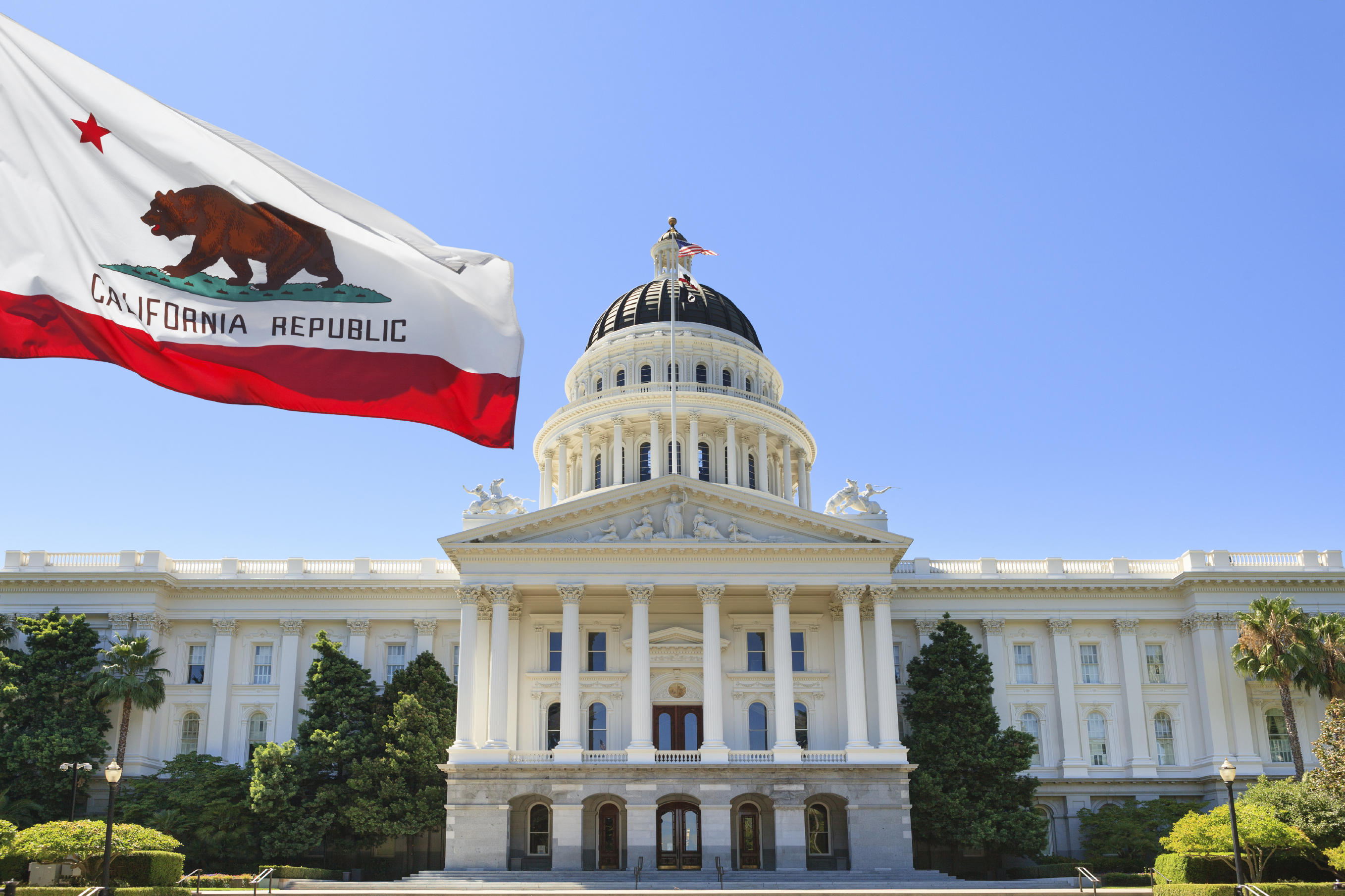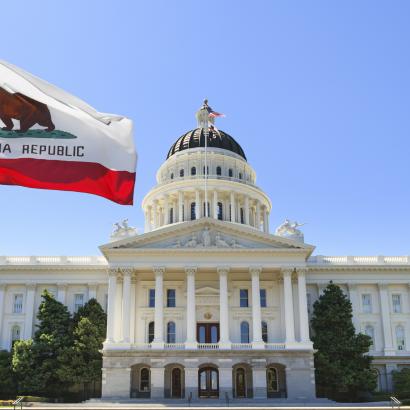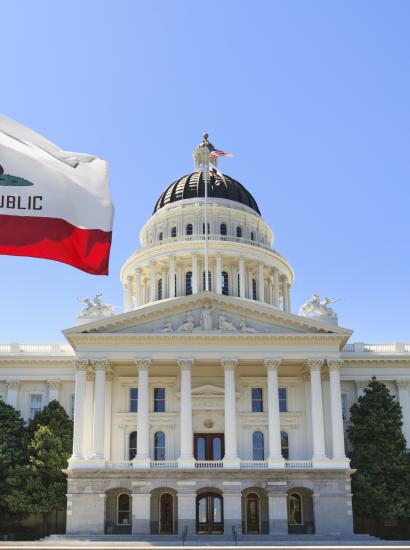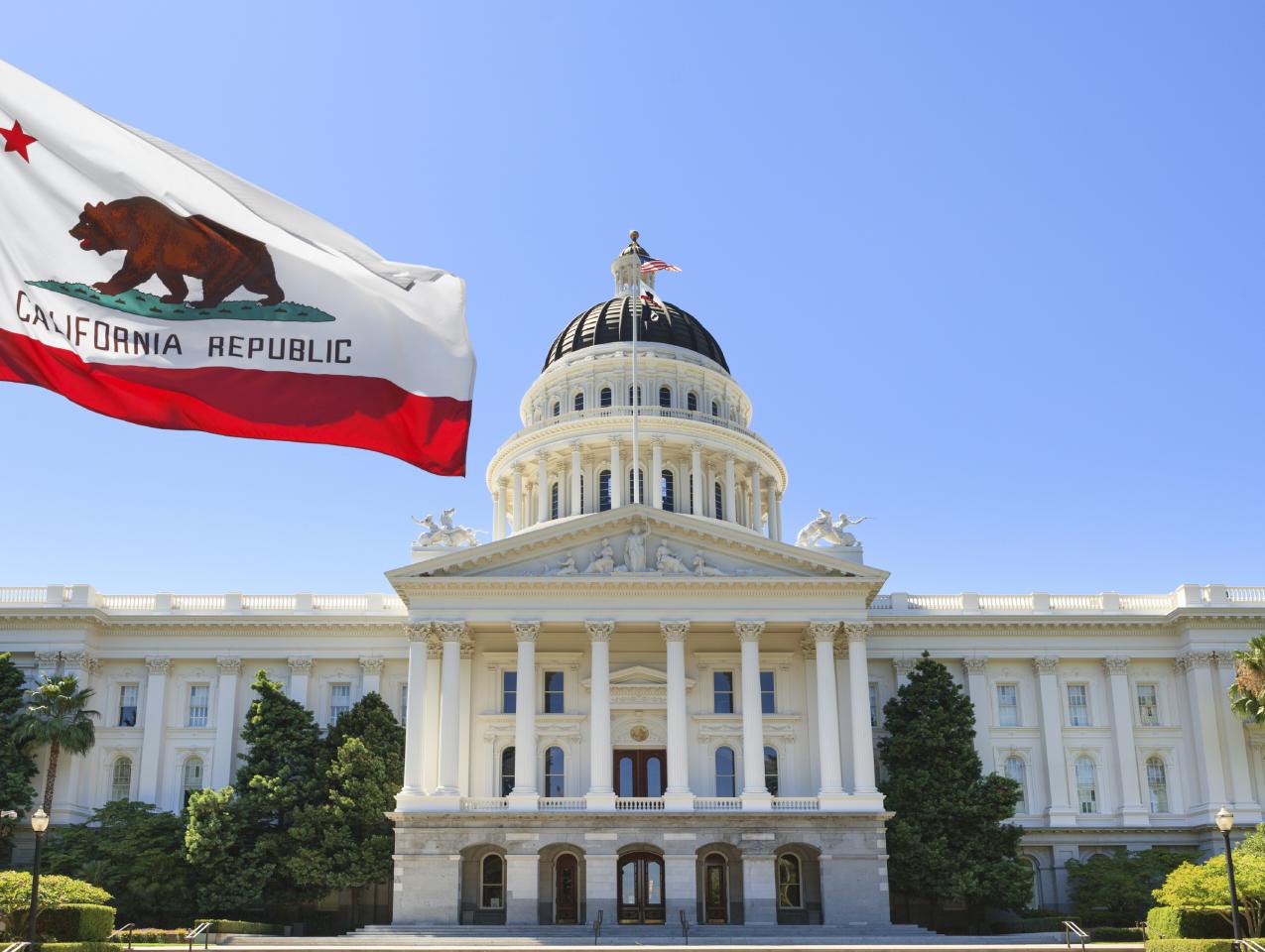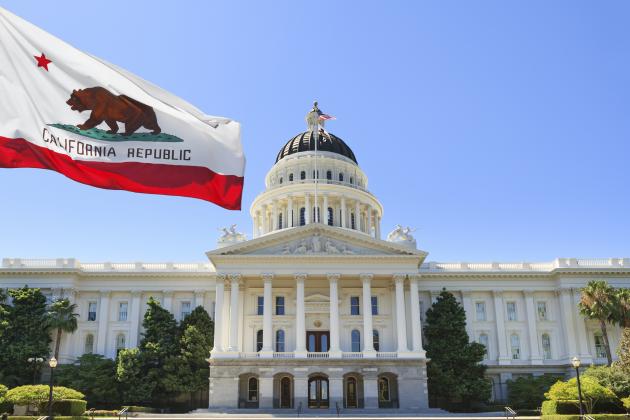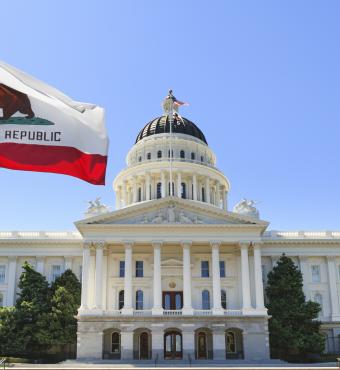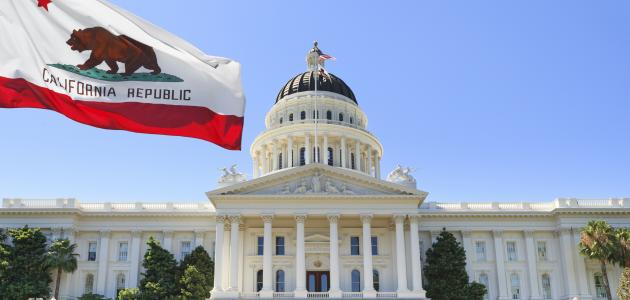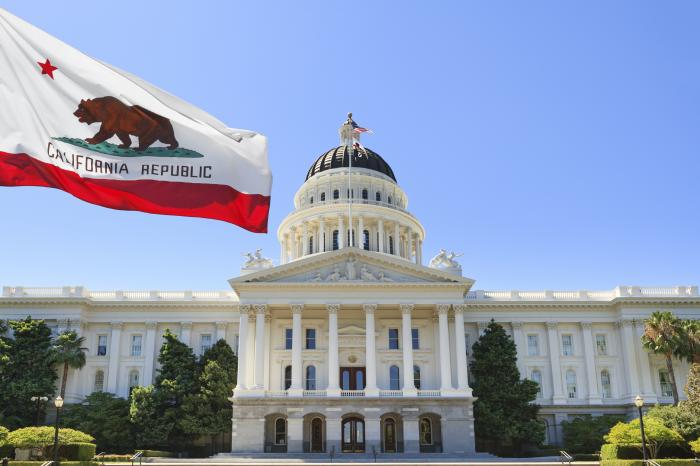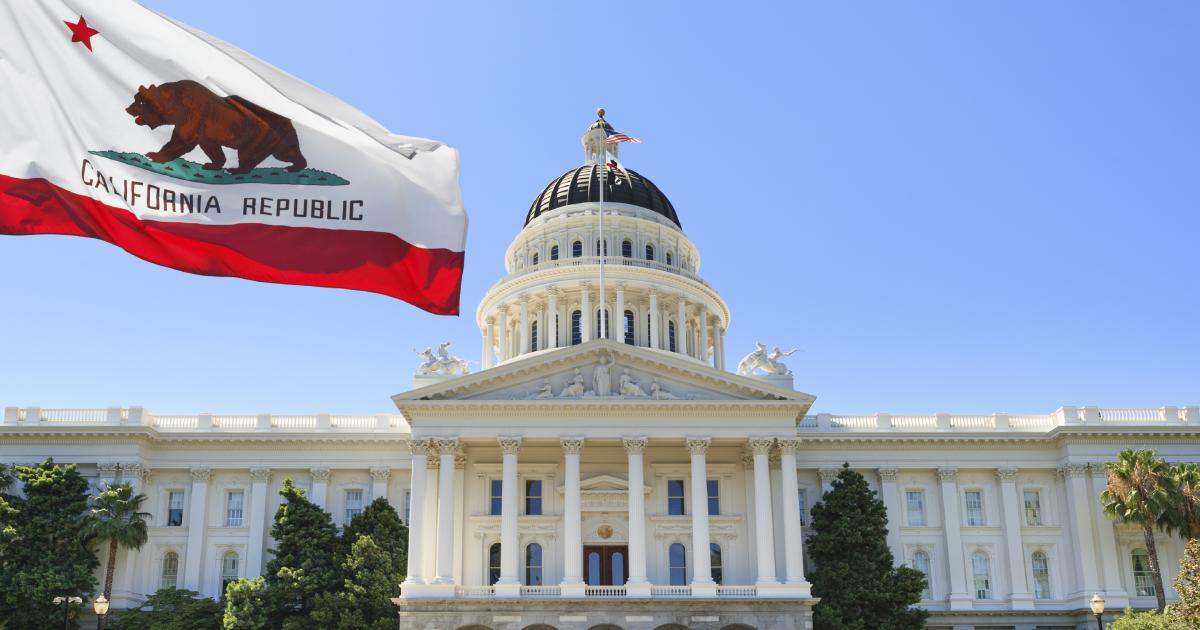- Politics, Institutions, and Public Opinion
- State & Local
- California
After garnering an impressive 62 percent of the vote last November, Gavin Newsom takes over, as California’s fortieth governor, with strong tailwinds to implement his bold agenda of progressive change.
But even strong voter support, a budget surplus, and emboldened Democratic majorities in the Legislature don’t mean that Newsom will automatically be successful.
Just ask my former boss, Gray Davis, California’s thirty-seventh governor (or for that matter, ask any previous California governor).
After scoring a few high-profile victories in his first year in office (education reform, health care, and even social issues), things quickly went south for Davis, whom Time magazine at one point dubbed “the most fearless governor in America.”
Some things were out of Davis’s control, while others were self-inflicted wounds. It didn’t take long for the governor to engage in virtual open warfare with the Legislature (including members of his own party) and to see his public opinion poll numbers dip when the economy sagged and the energy crisis hit.
No one saw that coming. And few predicted that his successor, Arnold Schwarzenegger, would head into a tailspin that saw his major initiatives soundly defeated by voters just two years after he won his historic election.
So while it’s difficult to fathom how Newsom could stumble, particularly heading into a 2020 election cycle where Democrats again are expected to pummel Republicans with Trump topping the California ballot, governing never is easy. There are unexpected land mines, friendly fire, and self-inflicted wounds that even a gifted politician like Newsom needs to navigate.
How can he avoid them?
Focus. Newsom made a boatload of promises on the campaign trail. Some were made to placate Democratic activist groups (such as his early support for single-payer health care to win the support of the noisy California Nurses Association), while others (tackling income equality and poverty) stem from Newsom’s heartfelt personal convictions about social justice.
But the new governor needs to be careful not to put too much on his plate. He needs to use his honeymoon to achieve what’s at the very top of his list, not that of his political allies.
Learn to say “no.” The most difficult transition from gubernatorial candidate to governor is being able to say “no” to some of those who were most supportive of your candidacy.
There’s pent-up frustration from many progressives to get Newsom to veer left on policy objectives they could never get from the “paddle right, paddle left politics” of Newsom’s predecessor, Jerry Brown. (Brown called it the “canoe theory” of politics.)
An early indicator is the billions in new spending proposals from the Legislature. Newsom already has fired warning shots about some of these bills. He needs to show backbone when it’s important, while not alienating key constituencies.
Be authentic. Anybody who’s spent any amount of time with Gavin Newsom knows he is the king of charm, a smart and savvy politician who is passionate about issues.
More Californians need to see the postcampaign Newsom as the problem solver he is. His unconventional selection of Daniel Zingale as his communications guru is a smart move. Just read Zingale’s CALmatters’ piece (written before he was tapped for his new administration gig) to get a sense of what to expect from Newsom’s public persona over the next few years.
But Newsom needs to be careful not to be too cute by half in playing to the cameras (such as Schwarzenegger’s multiple Hollywood-style press conferences). Fortunately, he has Zingale and other key advisers to keep him genuine and to tap into social media in ways no other California governor has.
Appointments. Speaking of personnel: whom Newsom surrounds himself with to provide counsel is critical. We only need to look to the Trump White House as Exhibit A of staff dysfunction.
One of the largest challenges of any chief executive is building a true team that works together; previous California governors have had some major turnover in their early months as their administrations got their feet wet. Brown, for example, originally proposed having two executive secretaries to serve as his de facto chiefs of staff; he lost his press secretary, finance director, communications chief, and other key leadership in his early years; and he was often at odds with his own picks to the state’s powerful Public Utilities Commission.
Although he’s served as California’s lieutenant governor for eight years and has tapped Sacramento insider Jason Kinney to lead his transition team, it’s critical for Newsom to hire policy experts who know their stuff, particularly in the ways and culture of the state capital.
An early indicator of the top talent that Newsom is recruiting is in the early picks of former Schwarzenegger/Brown finance director Ana Matosantos to serve as his cabinet secretary and long-time California Labor Federation leader Angie Wei to serve as a deputy chief of staff with a focus on policy development. Yet Newsom needs to be careful not to overload his staff with advocates whose passions will be difficult to temper when it comes to effective governance.
Expect the unexpected. Last month’s survey by the Public Policy Institute of California revealed uneasiness among Californians about their future. And the dip in the economy before Christmas probably means those numbers would be even worse if the poll were conducted today. Nearly every economist expects California’s economy to tank. It’s just a matter of when, not if.
To date, Newsom has talked the talk of showing budget discipline. But he’ll be under extraordinary pressure from the Legislature and his progressive flank to cave on key spending issues.
Because of the precarious nature of California’s revenue structure, Newsom needs to keep an eagle eye on national and state economic indicators to prepare for the worst. “Do no harm” should be his mantra in dealing with the state’s economic engines in key sectors.
Rejecting a proposed highest-in-the-nation tax on California’s venture capital, equity, and hedge firms, which propelled the success of small business start-ups that turned into some of the state’s leading companies, would be a good start. (Full disclosure: I have a client with an interest in this issue.)
Make love, not war with the legislature. For a new governor, nothing is more important than building a strong working relationship with the Legislature.
I repeat: nothing.
Without a strong partnership with Assembly Speaker Anthony Rendon and Senate President Pro Tempore Toni Atkins, Newsom won’t be able to accomplish much of anything. The infamous Davis/Burton battles show that fellow Democrats can sometimes be your worst enemy. And the Schwarzenegger/Núñez “bromance” can show how effective a California governor can be when there’s a deep and strong bond. These relationships need to be nurtured at every opportunity, as both leaders will have their hands full cat-herding the swollen ranks of newly elected Democratic legislators.
Newsom also should spend time with the new legislative directory learning names and faces, hosting dinners at the Governor’s Mansion, and socializing with freshman members in their districts (with the permission of the leaders, of course).
Be visible. While cultivating the Legislature is critical, Newsom needs to get outside the Sacramento bubble as much as he can—and not just for staged political events.
Lots of previous governors made promises about making commitments to the Central Valley during the campaign, for example, and then rarely showed up afterward. The suburbs in key swing counties were treasure troves of votes for Democrats this year.
Newsom needs to be there to show commitment to the issues that matter to these Californians. It wouldn’t be a bad idea for Newsom to break out of the typical Democratic mode and also build bridges with the state’s agricultural community and rural Californians too.
Stay above the political fray. With the California Democratic Party apparatus upended with the resignation of chairman Eric Bauman, Newsom won’t be able to count on an organized political effort to push his agenda anytime soon.
But he is the leader of the state’s Democrats, like it or not. Newsom needs his political team to lay down the law when it comes to maintaining the well-oiled machine that was critical to Democratic successes in November. And that will not be easy given the dominance of activists among party leadership who don’t like to be told what to do.
In addition, Newsom will be under tremendous pressure to play a key role in the 2020 California presidential primary. He should stay clear of endorsing any candidate and instead play the role of peacemaker as candidates begin to discover the new importance of the delegate-rich California primary.
Don’t ignore the Republicans. They’re down but not out. And Newsom might actually need to count on them from time to time to block some budget-busting proposals that might pop up in the Legislature.
Despite November’s results, voters like politicians who are able to show streaks of independence from the party line. With a background entrenched in business, Newsom has the opportunity to build bridges on key issues such as water, transportation, and regulatory relief.
This also means being judicious in his criticism of President Trump—taking swings only when it’s to the benefit of the state.
For more than eight years, Gavin Newsom has eyed the “Horseshoe”—the U-shaped space in the State Capitol that’s home to the governor’s office. I’m convinced he’s the right governor at the right time for our state.
Here’s hoping he’ll learned from some of his predecessors’ mistakes and will keep California moving forward.
Steven Maviglio is principal of Forza Communications, a Sacramento-based public affairs firm. He served as press secretary to former California Gov. Gray Davis and Deputy Chief of Staff to three recent Speakers of the California State Assembly.







